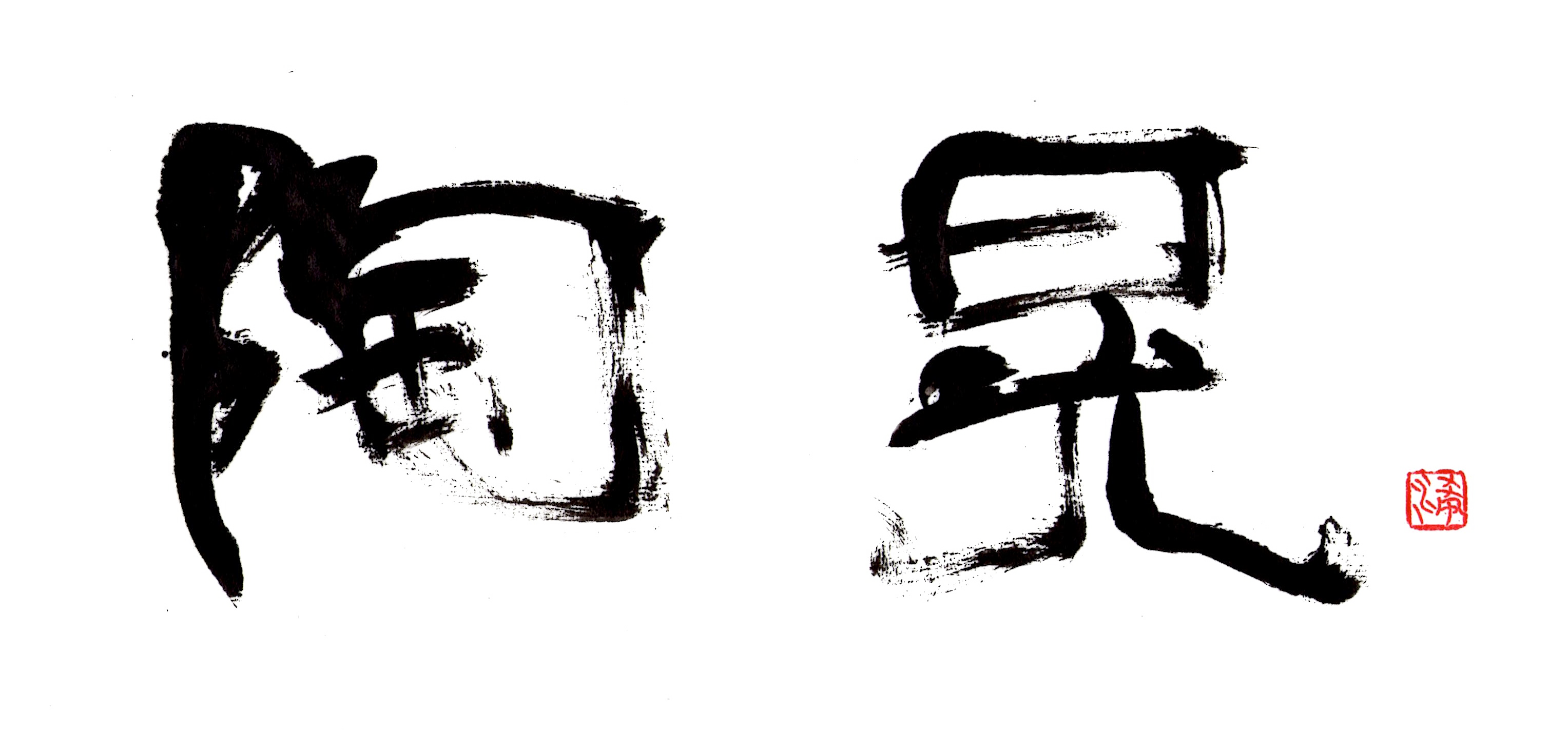Type of Karatsuyaki
“Madarakaratu”

Madarakaratu is ware glazed with an opaque high silica glaze, often utilizing rice straw ash, which melts and interacts with the iron in the clay body and/or the fly ash form the pinewood kiln fuel, resulting in a milky surface mottled with spots or areas of blue and black. Also referred to as White Karatu ware. The Kishidake area kilns of the 16th century are believed to be the originators of Madarakaratu. Madarakaratu chawan(tea bowls) and Choko(sake cup) are quite popular.
“Chosenkaratu”

Chosen Karatu refers to ware that has been glazed with both a high iron ash glaze(black to umber) and a rice straw ash(white), applied separately top/bottom or left/right on the ware. The contrast of white and brown glazes is quite striking, and the multihued waterfall effect of white, blue, purple, and yellow where the glazes melt together and flow is a defining characteristic of Chosenkaratu ware.
“Ekaratu”

Brush decorated karatsu refers to ware that is produced by applying decorative iron pigment brushwork over a comparatively low iron clay body, and glazing with a thin layer of clear ash glaze or clear feldspar glaze. Common motifs include grasses, tree, birds, flowers, human figures, lines, geometric figures, and other objects of common experience to the potter, usually painted by brush or finger. The simple, rustic brushwork expresses both sensitivity and power in its execution.
The most popular style of Karatu ware, particularly seen in plates, small food dishes, and bowls.
“Kurokaratsu”

Ware with a glaze containing a high percentage of iron. Kurokaratu are various techniques for its production, among them the application of a black slip to the ware, or crushing stones of high iron content and mixing them with and ash glaze to produce a black glaze which is applied to the ware. Depending on the iron content and the of materials and the amount of oxygen introduced during the firing, resulting colors can range widely form amber to rust to blackish brown, but they are still all referred to as Kurokaratu. Sake cups, spouted bowls, and plates are all popular forms for Kurokaratu.

